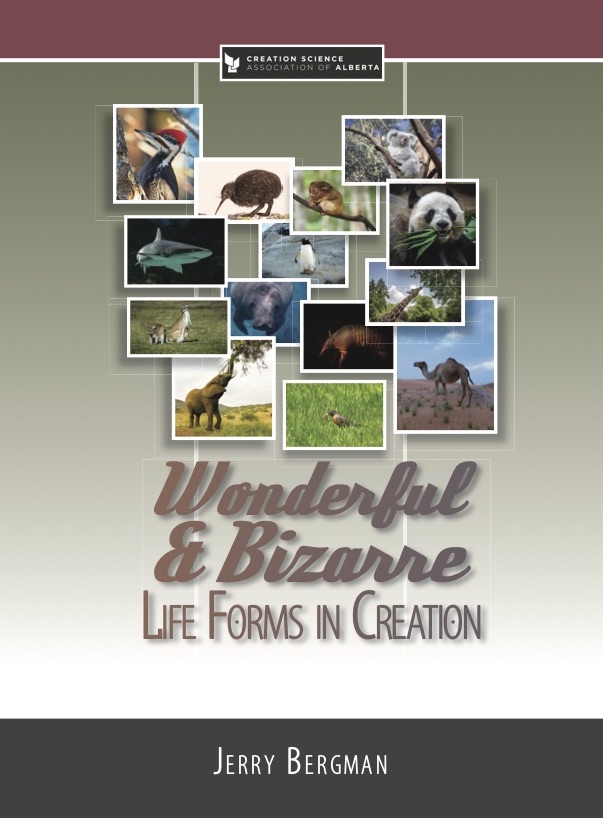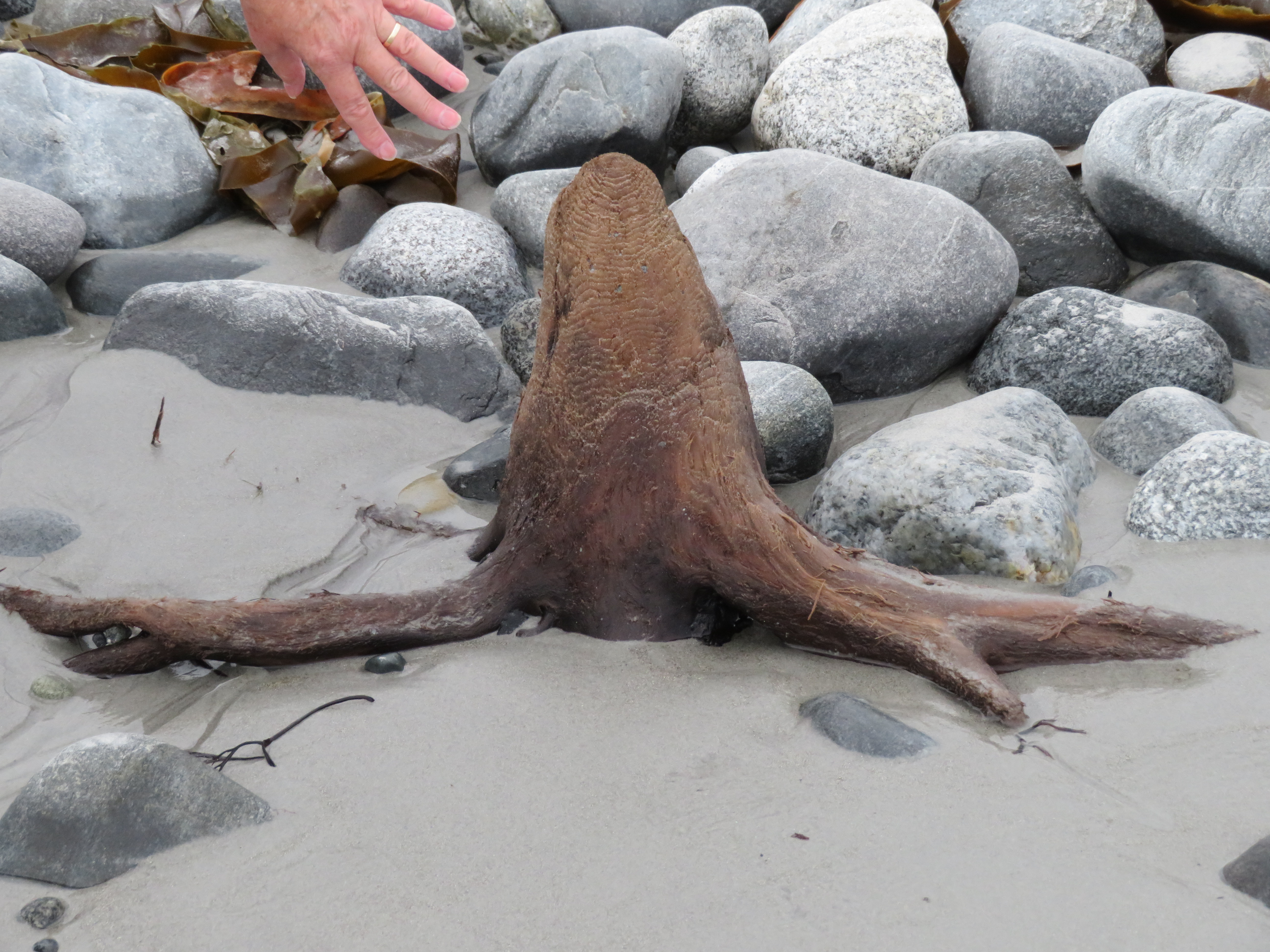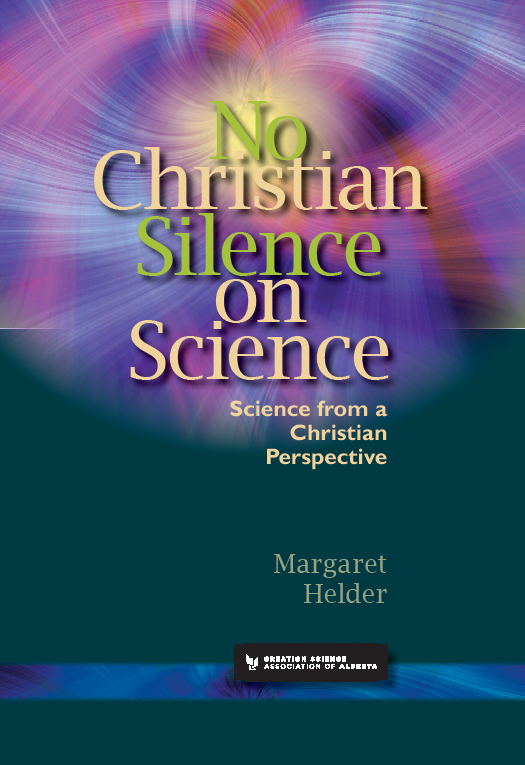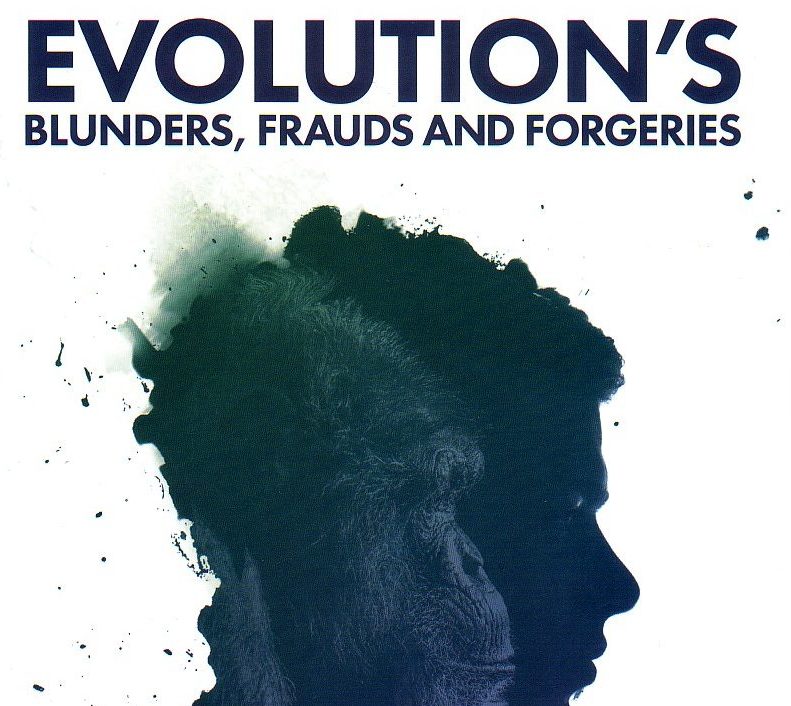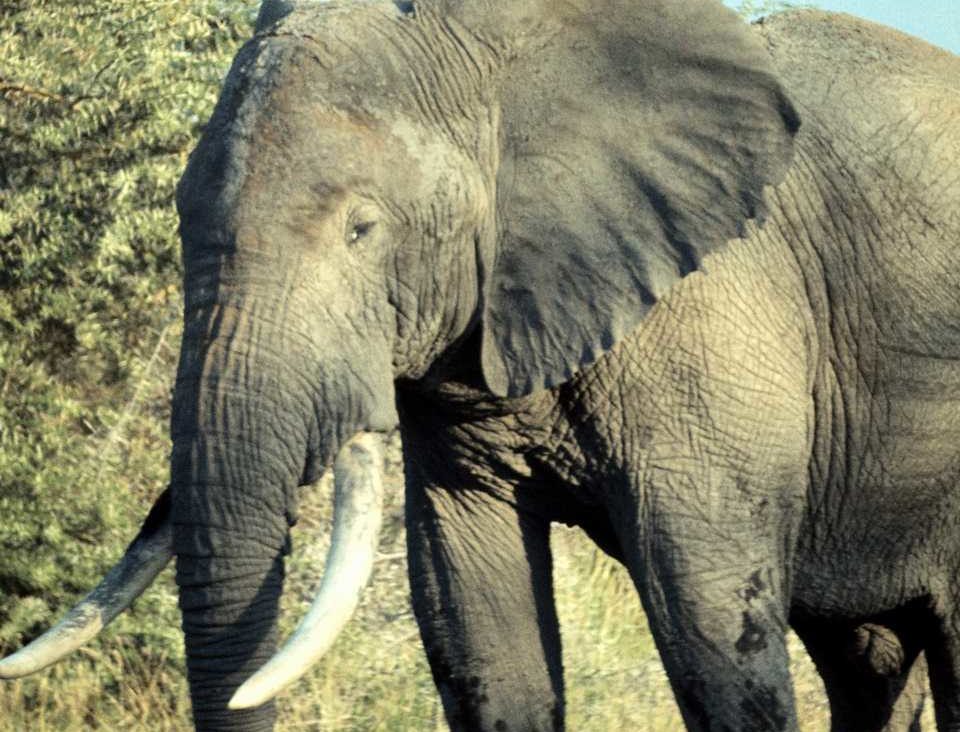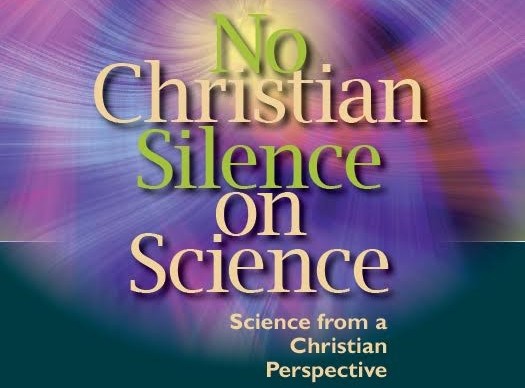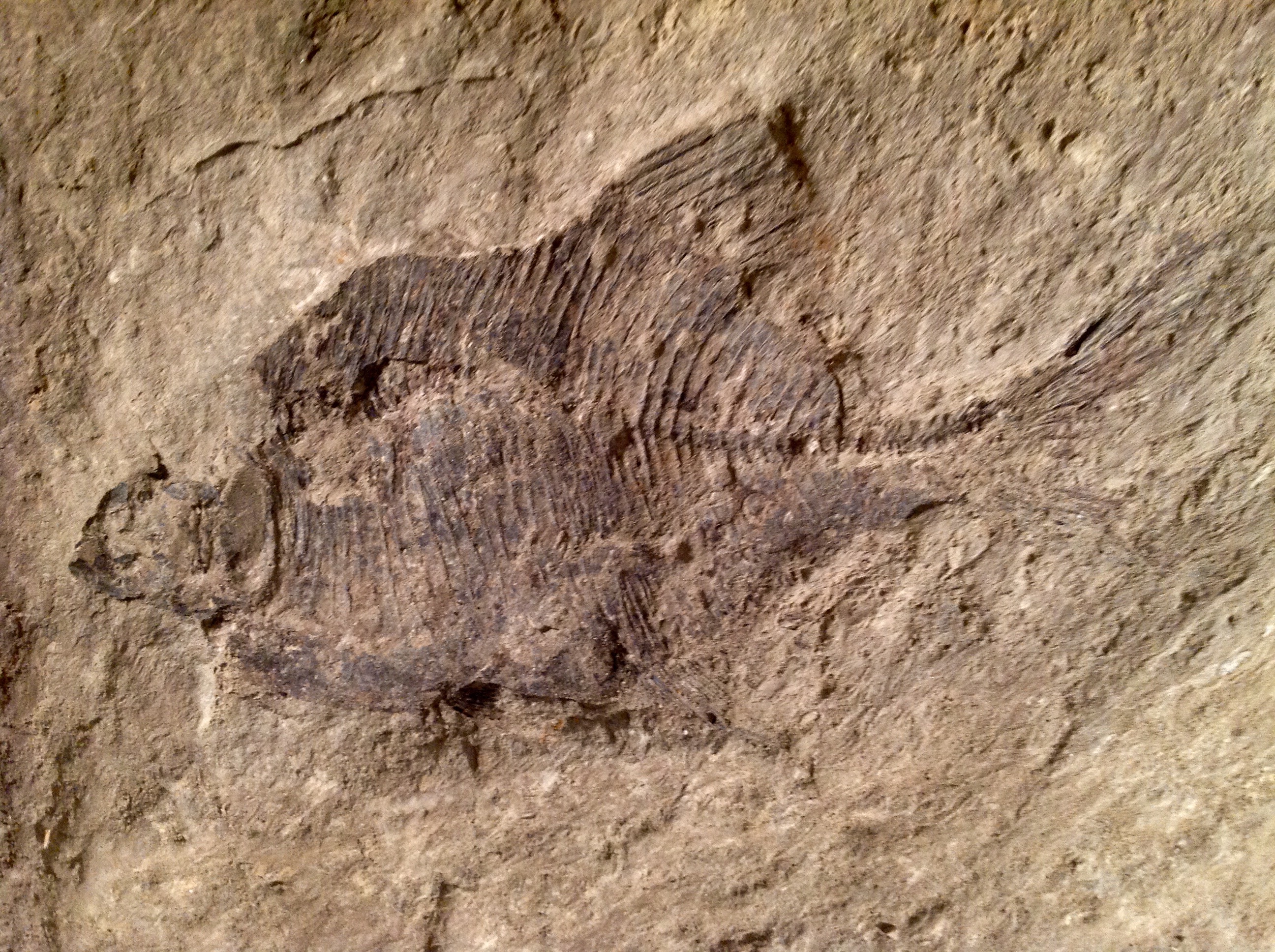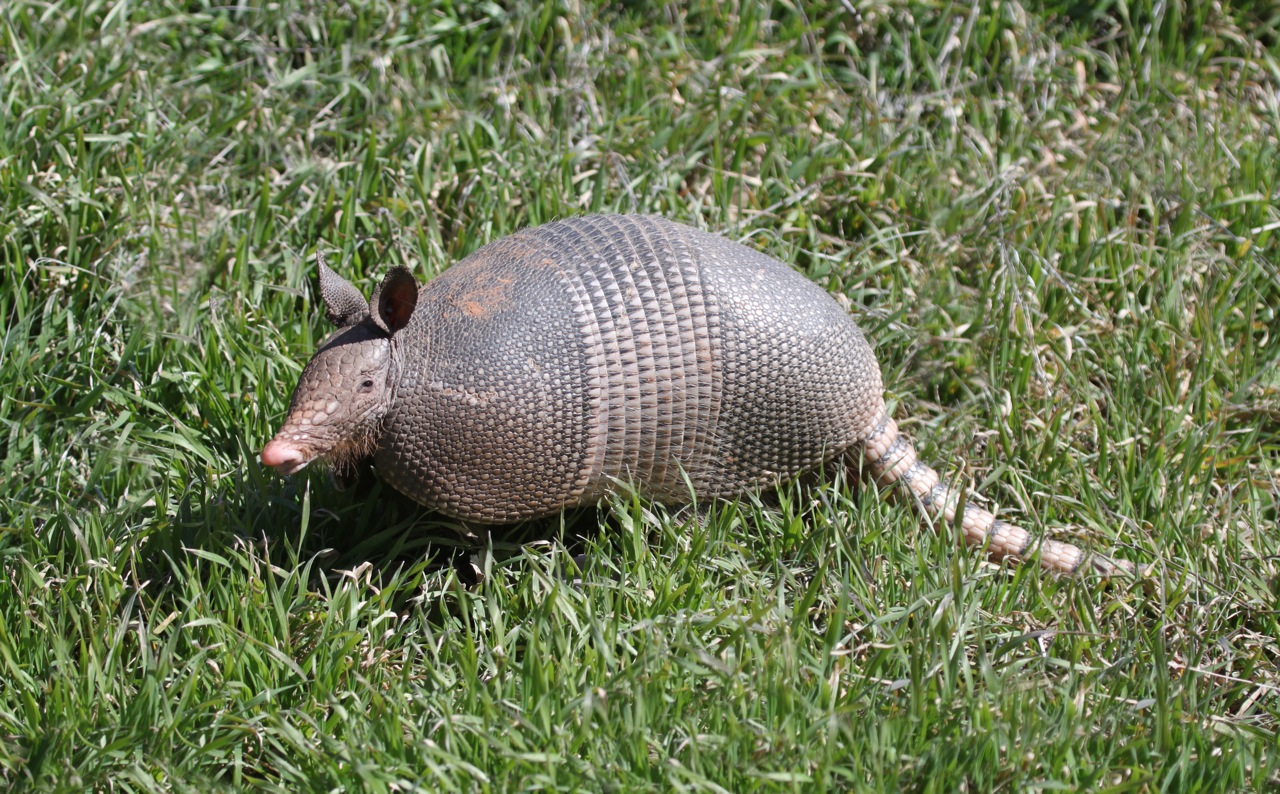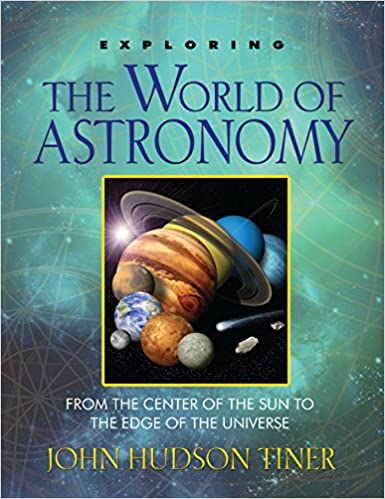Articles » Fossils
There is a fascination with living organisms that closely resemble fossils dated at millions of years old. The classic definition of a living fossil is an extant organism that closely resembles fossil specimens.
In 1938 Miss Marjorie Courtenay-Latimer of South Africa recognized that among recently caught fish, one specimen was unfamiliar. It turned out to be “the only living member of an ancient group of lobe-finned fishes that was known previously only from fossils and believed to have been extinct since the Late Cretaceous period approximately 70 million years ago (Myr ago)”1 Much later, in 1997, a second species of this fish was discovered in the seas around Indonesia. The two species were named Latimeria chalumnae and L. menadoensis respectively. Read the rest of this entry »
Pterosaurs (Greek pteron and sauros, meaning “wing lizard”) are constructed from a combination of the characteristics of mammals, birds and dinosaurs with one of the weirdest looking beaks possible added on. This example points to the problem of taxonomy, the science of classifying life. Pterosaurs fly like birds and can flap their “wings” like a bird. They also can soar like an eagle using bat-like wings made from a flap of skin stretched between their body and a long fourth finger called the wing finger. They also have many body traits like dinosaurs. For this reason, they are often referred to as flying dinosaurs, or dragons of the air (Unwin, 2006, p. 2). Ironically, they are classified as reptiles likely because birds supposedly evolved after them.
Pterosaurs were first discovered in 1784 in the German Solnhofen limestone quarries. This is the same location where another strange creature, Archaeopteryx, originally identified as a pterosaur, was found (Clarey, 2015, p. 66). Twenty-nine pterosaur species, over 26% of the 110 pterosaur species currently known (in about 85 genera), have been found in Solnhofen limestone quarries alone.
Dr. Jerry Bergman, who needs no introduction to readers of Dialogue, is the author of a delightful new book for families and animal-lovers and all who enjoy fascinating details from nature. Readers of Dialogue, for more than fifteen years, have been blessed with little known insights into some well-known creatures. His new book Wonderful and Bizarre Life Forms and Creation is a collection of the “best of Bergman” from Dialogue plus a few completely new chapters. The twenty-three chapters present each creature with pictures and highlights. This is an attractive and well documented book in full colour, which will inspire much reflection and discussion. Many will want to buy several copies, one for personal use, and others for those special people in their lives! Read the rest of this entry »
Order OnlineThe media are full of accounts of how people have used their unexpected “down time” at home during the COVID pandemic. What we chose, be it bread baking or house-cleaning or crafts or whatever, obviously reflected personal preference. As far as I was concerned, this time was a golden opportunity to do some extra scientific reading. It all began with an article in Nature that promoted an ancestral relationship for red seaweeds with an organism that was the exact opposite of all the features in red seaweeds. Perhaps I lack imagination but I could not believe that this prestigious journal had indeed published such an argument. It seemed hilarious to me. Read the rest of this entry »
One of the most delightful aspects of travel is the prospect of new adventures. And so it was, on a blustery and chilly day in late September, that we found ourselves driving along the southeast coast of Nova Scotia. We were heading to Hawk Beach on Cape Sable Island, the most southerly tip of Nova Scotia. Such beaches are never easy to find, and we had to ask twice before we found it. After driving down very obscure roads, we found the beach after we had scrambled up quite a high embankment. Read the rest of this entry »
Margaret Helder has developed a guide to enhance the learning opportunities and appreciation of the message in her book (which is to encourage everyone to critically evaluate scientific pronouncements). For each chapter there is a brief overview statement. Brief paragraphs follow for each subsection in each chapter with key concepts introduced. There follows for each chapter a list of questions, many of them involving the key concepts. The next section provides detailed answers for each question. A sure to be popular section follows on resources. These are provided under topical headings. Books, articles (all obtainable) and especially video clips on-line, are certain to be useful for any biological studies, not just for this book. Lastly for each chapter, a section on extension is provided. This booklet of about 60 pages, will be available on line (free download) and in hard copy. Inquire through our website for your copy as soon as it is available.
A sign of the maturity of the creation science field is that books on a broader spectrum of topics have begun to appear. Excellent as titles are on such issues as dinosaurs and radiometric dating, it is nice to see some discussion of new issues. So it is then, that Dr. Jerry Bergman’s new book entitled Evolution’s Blunders, Frauds and Forgeries is certain to attract attention. Besides, the information contained therein is certainly fascinating.
Many of us have heard of the Piltdown Man fraud and the unmasking of that fraud which rocked the scientific world in 1953. However the story of how the events unfolded before that is very interesting. Since the deception was so obvious, it is a wonder that the scientific world allowed themselves to be deceived for more than 40 years. Similarly the 1922 ‘discovery’ of Nebraska Man which turned out to be an extinct pig, is also well known. However this book by Jerry Bergman also discusses many other astonishing examples of error or downright fraud. Read the rest of this entry »
Order OnlineThe African elephant is the largest living terrestrial mammal, even larger than most dinosaurs. Its mammoth size means their primary enemy is humans, not the major carnivores, such as lions, that inhabit its homeland. The largest recorded African elephant reached 12 feet (four meters) at the shoulder and weighed over ten tons. Called “nature’s masterpiece” and “skilled engineers” elephants are one of “the most intelligent of domesticated animals.” (Redmond, 1993, p. 6). Read the rest of this entry »
The Octopus is considered a primitive invertebrate, below chordates such as fish, yet it has advanced traits rivaling even those of humans. In the words of one scientist, “With its eight prehensile arms lined with suckers, camera-like eyes, elaborate repertoire of camouflage tricks and spooky intelligence, the octopus is like no other creature on Earth.” (Abbott, 2015, p. 1). He arrived at this conclusion because they “have the largest nervous systems among the invertebrates and present other striking morphological innovations including camera-like eyes, prehensile arms, a highly derived early embryogenesis, and a remarkably sophisticated adaptive coloration system.” (Albertin, at al., 2015, p. 220). In short, the octopus is utterly different from all other animals, even other mollusks. For this reason and other reasons, its origin has stymied Darwinists. Read the rest of this entry »
SCIENCE FROM A CHRISTIAN PERSPECTIVE
by Margaret Helder
Reviewed by: Jonathan Dykstra (Editor, Reformed Perspective)
From the title onward, No Christian Silence on Science is a clarion call to Bible-believing, six-day creation upholding Christians to stand up and be counted. It’s much more than that too. The author, Margaret Helder, has written for the Creation Science Dialogue and Reformed Perspective (the magazine I edit) for years, and if you’ve read her there, then you know Dr. Helder approaches God and His creation with awe, and teaches us how to tackle evolution without fear. This book is very much an outgrowth of that work. This, then, is intended to equip us, so we will be able to give a ready defense of our faith, and fortify us, so we will continue to trust in God, even when we face the attacks that will come in this predominantly Darwinist and secular field. Read the rest of this entry »
Order OnlineThe common earthworm, part of the Annelid phylum, (Annelida is Latin for little rings) plays a critical part in producing and maintaining fertile soil. Its role includes forming channels in the soil to allow for effective aeration, a critical process necessary for most soil dwelling life forms. The channels that earthworms produce also allow the soil to hold the large amounts of water that provide for plant survival (Johnson, 2002). Read the rest of this entry »
Secular scientists usually do not like to mention discoveries or achievements of people who support Biblical creation. Recently however, some creation supporters have come to the attention of many scientists and even the secular media.
Mark Armitage, for example, recently published an article on soft un-fossilized tissue in one of the largest Triceratops horns ever found in Montana. Mr. Armitage had found the dinosaur fossil himself in 2012. Then in February 2013 he, along with biologist Kevin Lee Anderson of Arkansas State University-Beebe, published a technical article on this find in a mainstream European scientific journal Acta Histochemica (115, 603-608, 2013). Entitled “Soft sheets of fibrillary bone from a fossil of the supraorbital horn of the dinosaur Triceratops horridus.” The article established this find as “the first report of sheets of soft tissues from Triceratops horn bearing layers of osteocytes [bone forming cells], and extends the range and type of dinosaur specimens known to contain non-fossilized material in bone matrix.” (p. 603) Read the rest of this entry »
There are some useful and visually attractive programs available on YouTube. For example, Privileged Species (previously reviewed in Dialogue) at 32 minutes, has already recorded 33,300 views. However for better quality display, a DVD is required which CSAA sells for $15.00 each.
Several years ago CSAA distributed free copies of the DVD Programming of Life which runs 44 minutes and is produced by LaBarge Media (with Don Johnson). We distributed this to high school and university students, teachers, and pastors. This program examines mathematical issues concerning the living cell. In this context, information is a critical feature of living cells. The kind of information required (proscriptive) involves instructions. From that discussion we proceed to protein manufacturing which is illustrated with beautiful graphics. We then learn the essential features of a computer and how the cell demonstrates these capacities. Read the rest of this entry »
Review of Evolution’s Achilles’ Heels (book)
Like Alice of Wonderland fame (in Through the Looking Glass), who found that she had to run extremely fast just to stay in the same place, so also it is hard to maintain an up-to-date understanding in science. The scientific journals constantly churn out new articles with new information and arguments. Keeping up to date is hard work! But it is extremely helpful to have an understanding of current issues in science and their significance. This makes the new book Evolution’s Achilles’ Heels (Robert Carter, Editor) and its companion DVD of the same title, extremely relevant. Read the rest of this entry »
Armadillos (Spanish for little armoured one) are New World nocturnal mammals covered by a leathery armour shell overlaid by horn. Of all living animals, “few are as amazing … as the armadillos” (Storrs, 1982). Even Carolus Linnaeus, the father of taxonomy, was puzzled about how to classify this “strange-looking mammal” (Smith and Doughty, 1984, p. 2). They are shy, timid mammals that mammalogist David Lamp calls bizarre (1977, p. 36). They look nothing like any other living animal, appearing much more like a fierce miniature dinosaur. These nearly blind and deaf animals must use their keen sense of smell to locate food. Read the rest of this entry »




